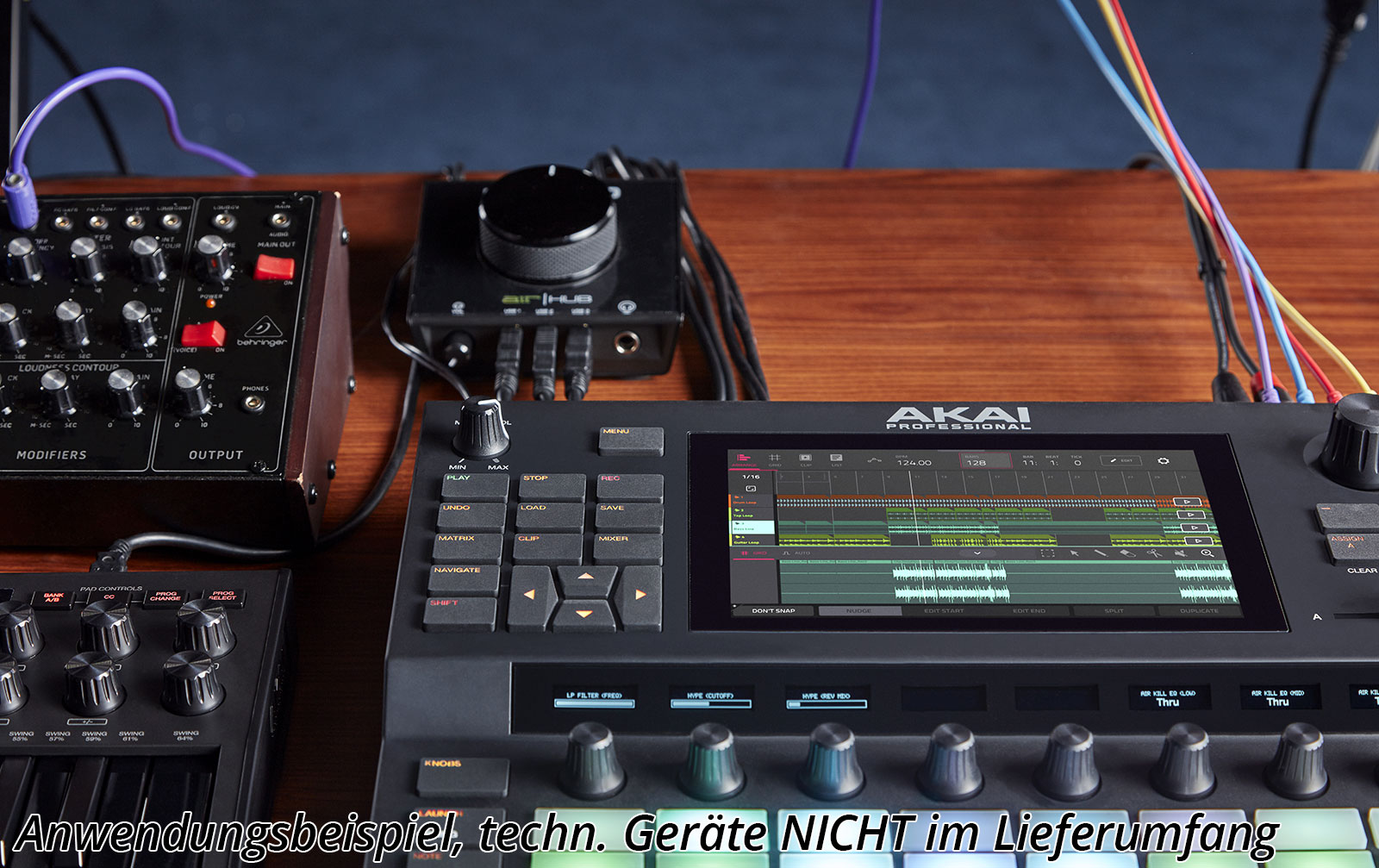

two USB-A ports for connecting a controller or storage

MIDI In/Out/Thru connections on 3.5mm jacks two 1/4-inch/XLR inputs with phantom power and switches for line/mic levels These are an overview of Force's connections:

Not only that, you can use Ableton Link to wirelessly control Ableton, meaing Force has a hybrid status as both a standalone device that lets you control Ableton. Force works its magic as a standalone Sampler, Sequencer with a display, and it also connects to a computer to work as a Controller.

In a world where we have tonnes of Samplers, and Tonnes of controllers, there's room for something in the middle. It has Bluetooth, CV Outputs, a clip launching matrix, and most important to us Ableton Link. So as you can see, there's on board storage, and SD card slot, as well as slots for USB drives to load samples. So, today with Top Music Arts, we are going to explore all of the features of the AKAI Pro Force. It has a steep price tag at first glance, but when you explore all of its features, you can see the price point matches the product. Back when Ableton Push was released, the hardware was constructed by Akai, but this was noticeably gone from Push 2, where Ableton brought all of their hardware construction in house.Īkai must have missed creating for Ableton, because they’ve recently released the AKAI Pro Force, an absolute powerhouse of a unit with tonnes of features to unpack. It’s now been a while since Ableton released Push 2, and it seems like a gap has opened for a fully integrated controller to take centre stage.


 0 kommentar(er)
0 kommentar(er)
